An online community for driving license and road safety education. Take a free practice test and learn about traffic rules and traffic signs.
 Up-to-date traffic rules.
Up-to-date traffic rules.
 Learn the traffic signs.
Learn the traffic signs.
 Preparation theory exam.
Preparation theory exam.
 Road safety videos.
Road safety videos.
 Take the practice tests.
Take the practice tests.
 Get your driving license.
Get your driving license.
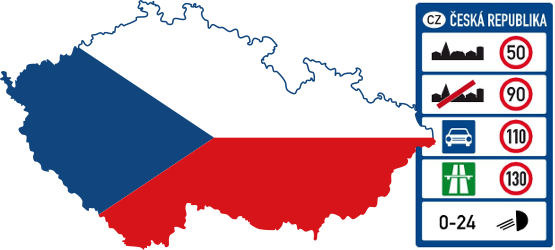
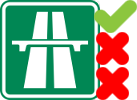
Test your knowledge with a free Exam.

An overview of all road signs from Czech.

Study for the exam.

Post a comment or share on social media.

Videos about road safety.
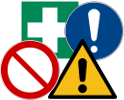
Learn the shape and meaning of the safety signs.

The traffic signs are located on the side or top of the road. They give directions on how we should behave on the road, so that the traffic can proceed safely and smoothly. Everyone must know the traffic signs!

The warning signs are placed to warn road users of a potentially dangerous traffic situation.
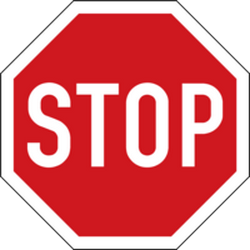
The priority signs have an influence on the priority rules. They indicate who has priority and who should give priority.
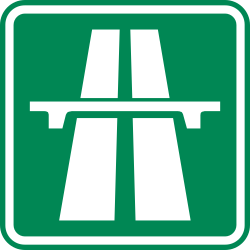
The information signs give you more information about the start (and end) of a kind of traffic situation.
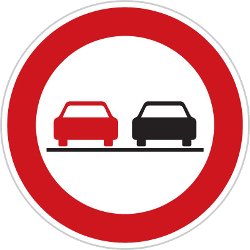
The prohibition signs forbid a certain action. They indicate certain actions that road users are not allowed to do.

With these practice tests you can prepare yourself for obtaining your driving license. The practice questions are based on the official theory exam. Select the correct answer and try to answer all questions correctly. The solutions appear below, try to learn from your mistakes!

Learn the traffic rules with these instructive videos about traffic rules, traffic safety and the driving license.

Here you can study for the exam. Look up keywords and learn definitions about all kind of subjects.